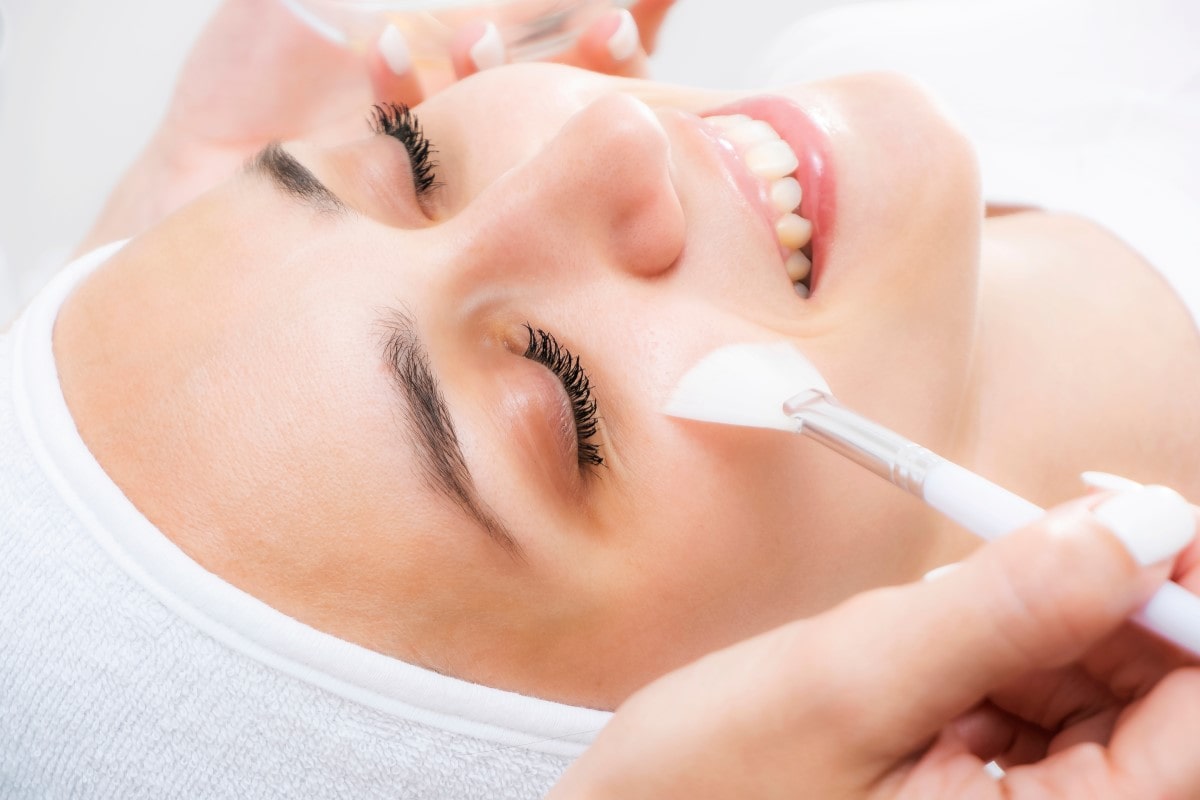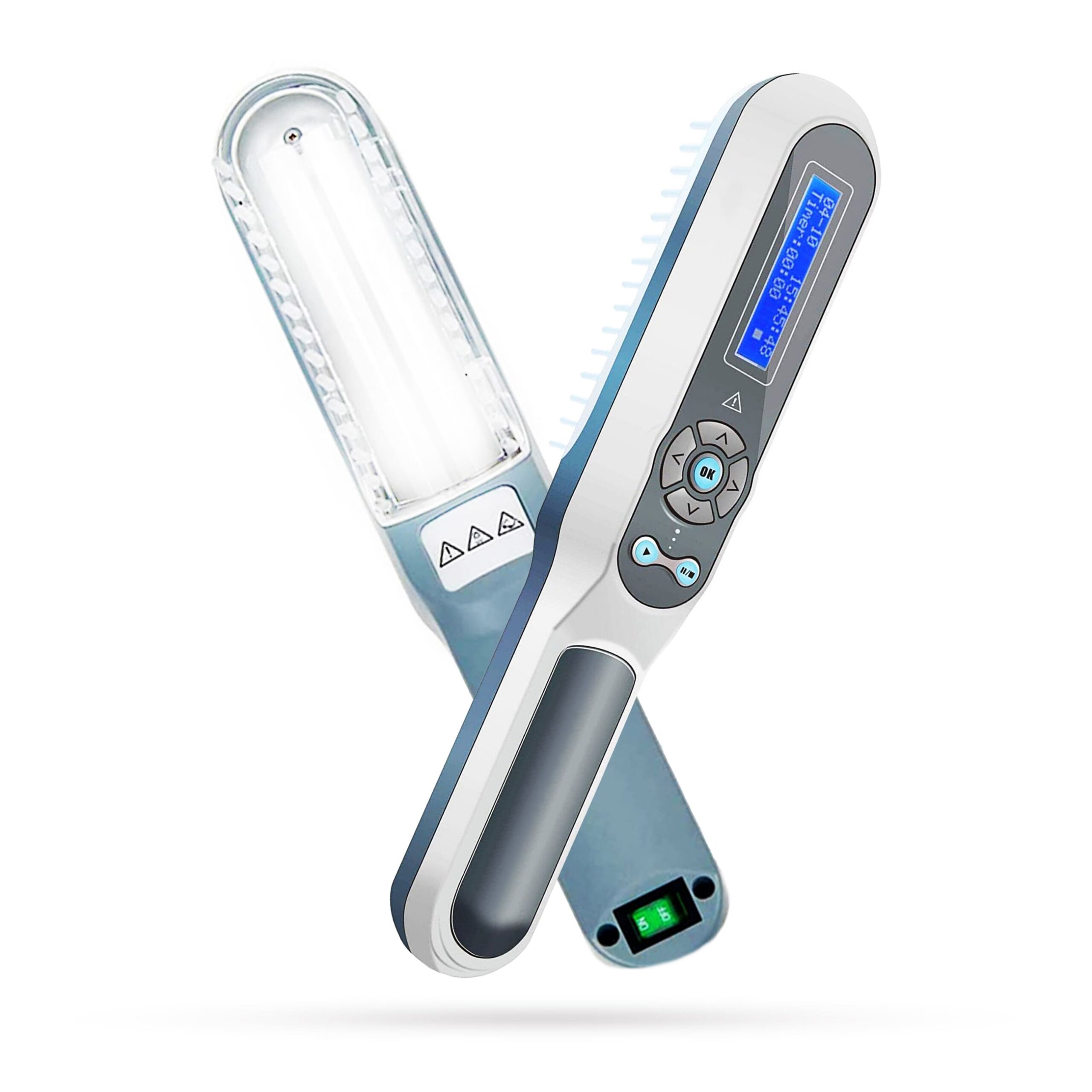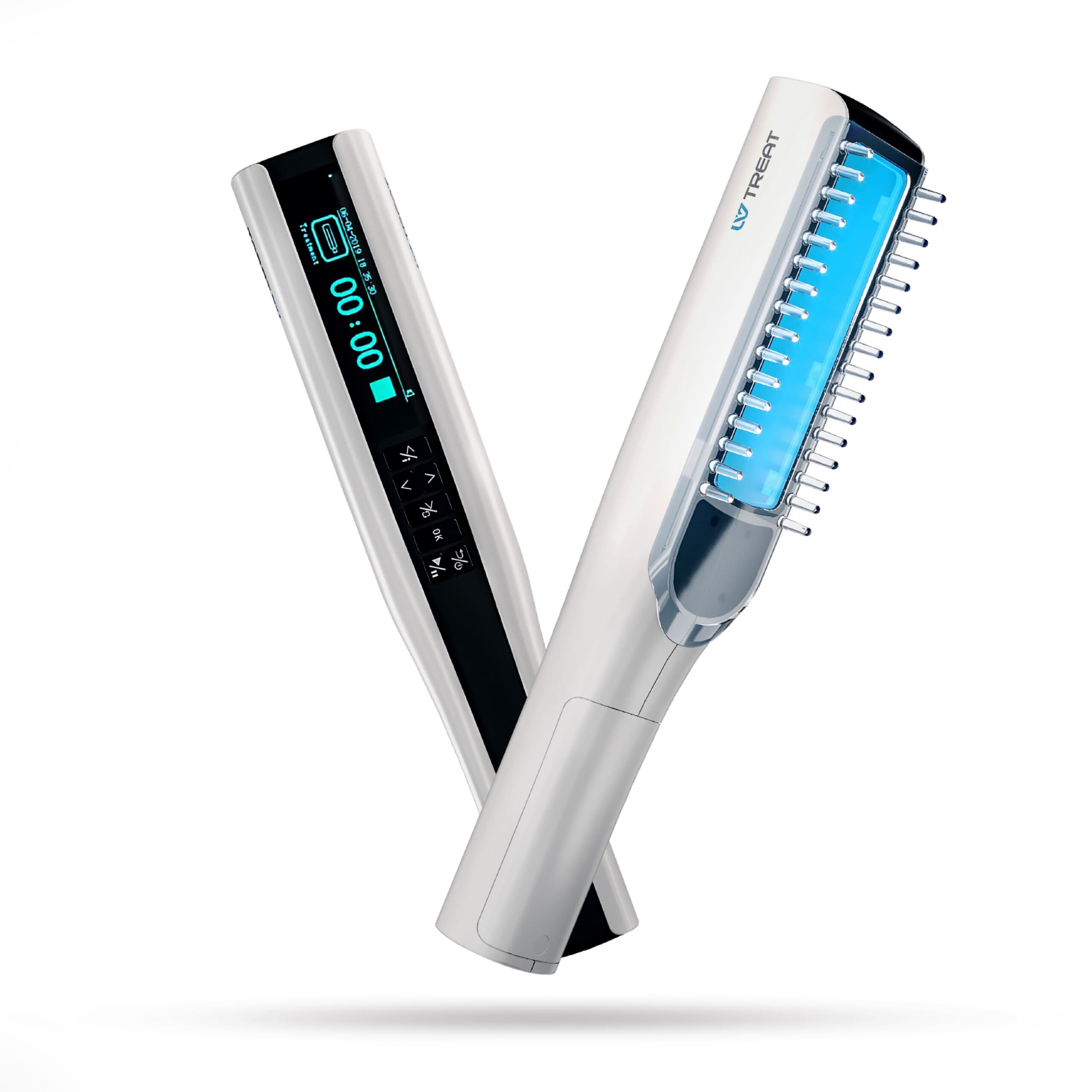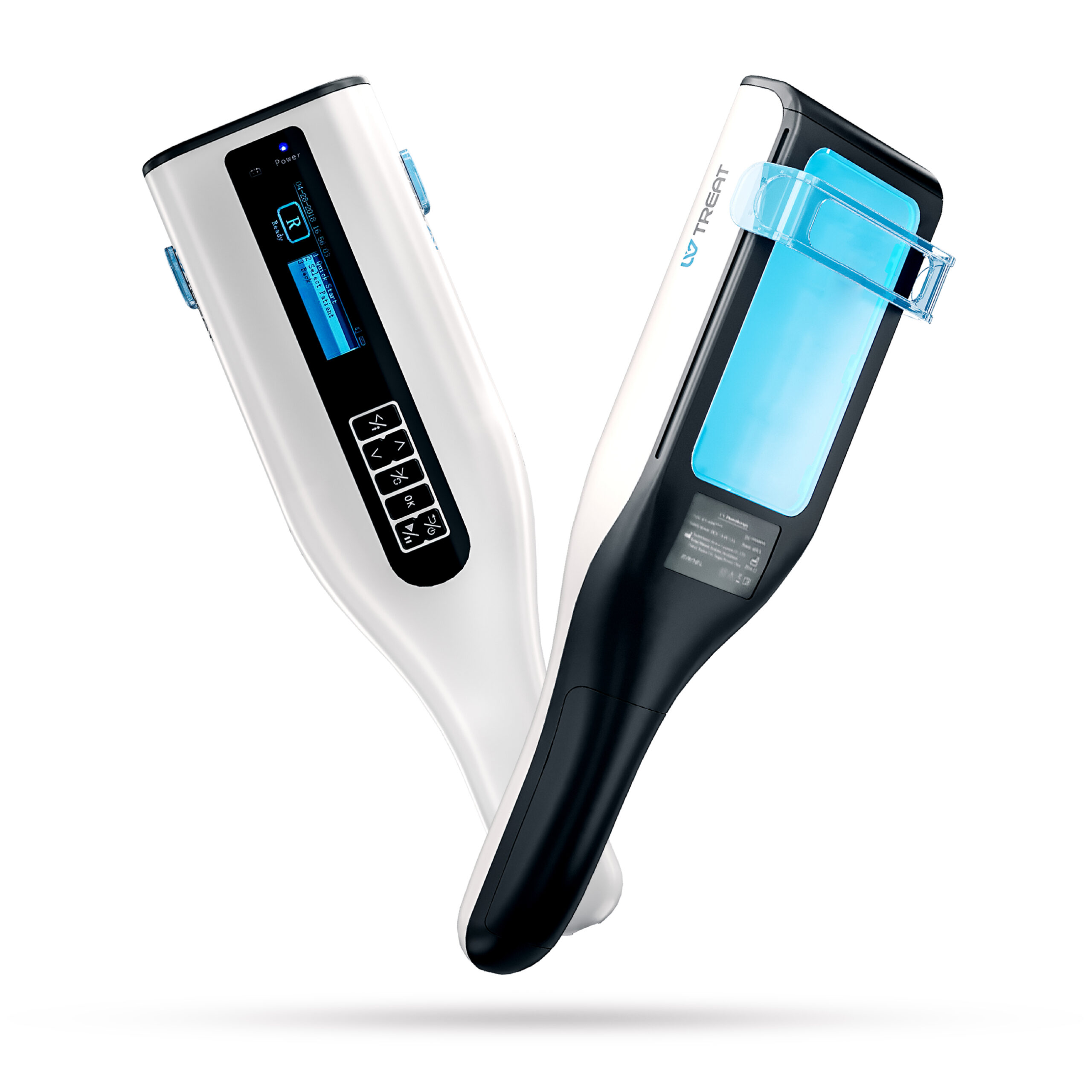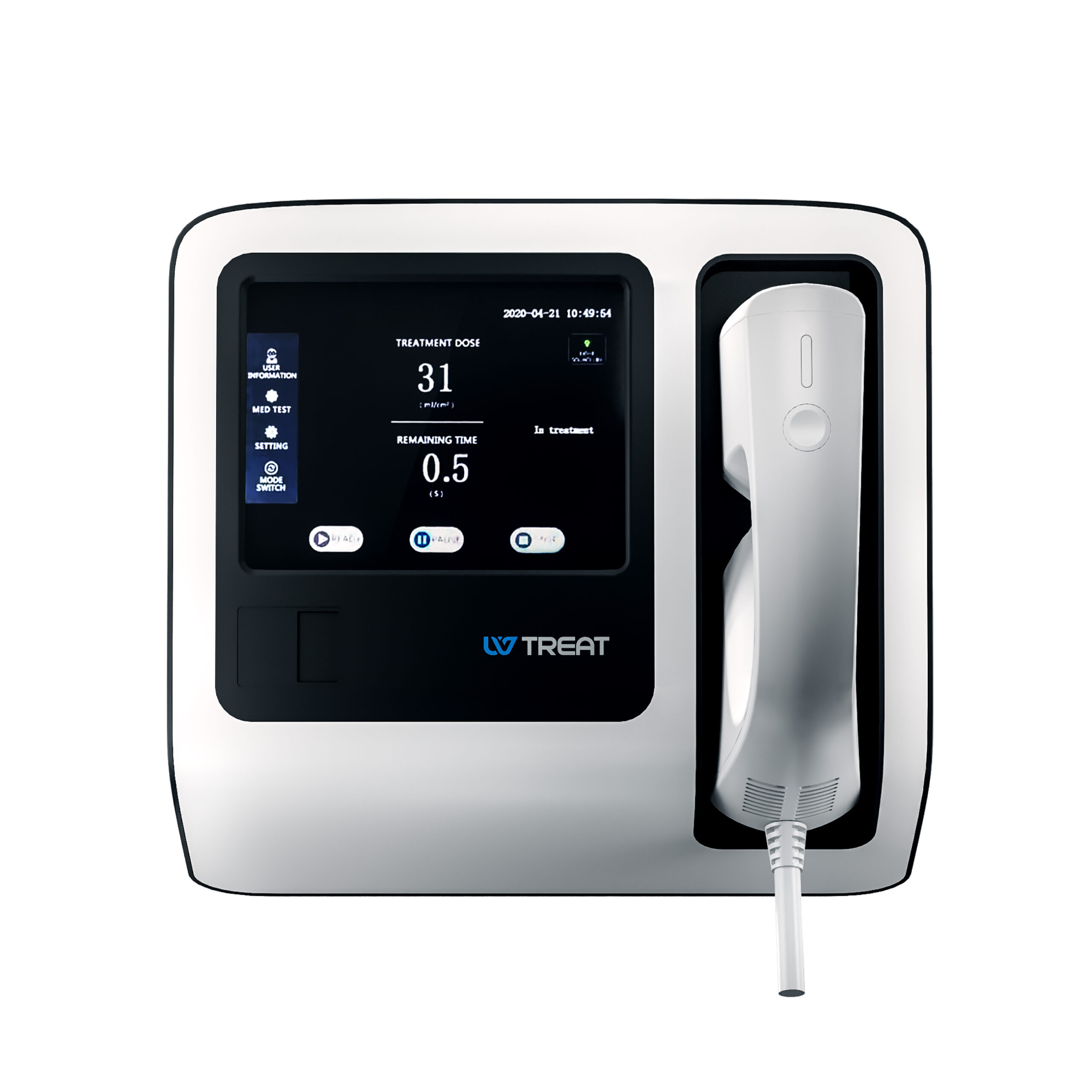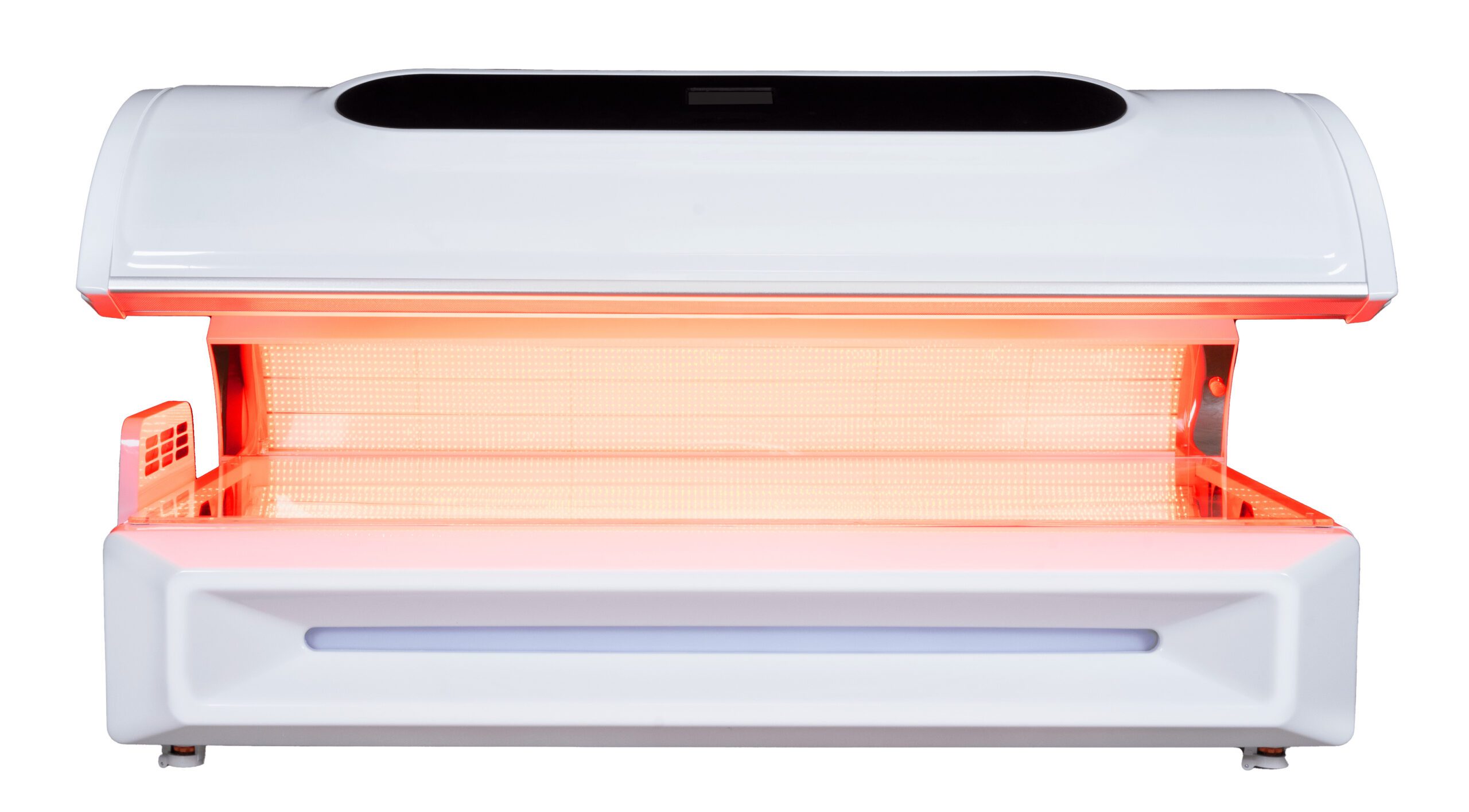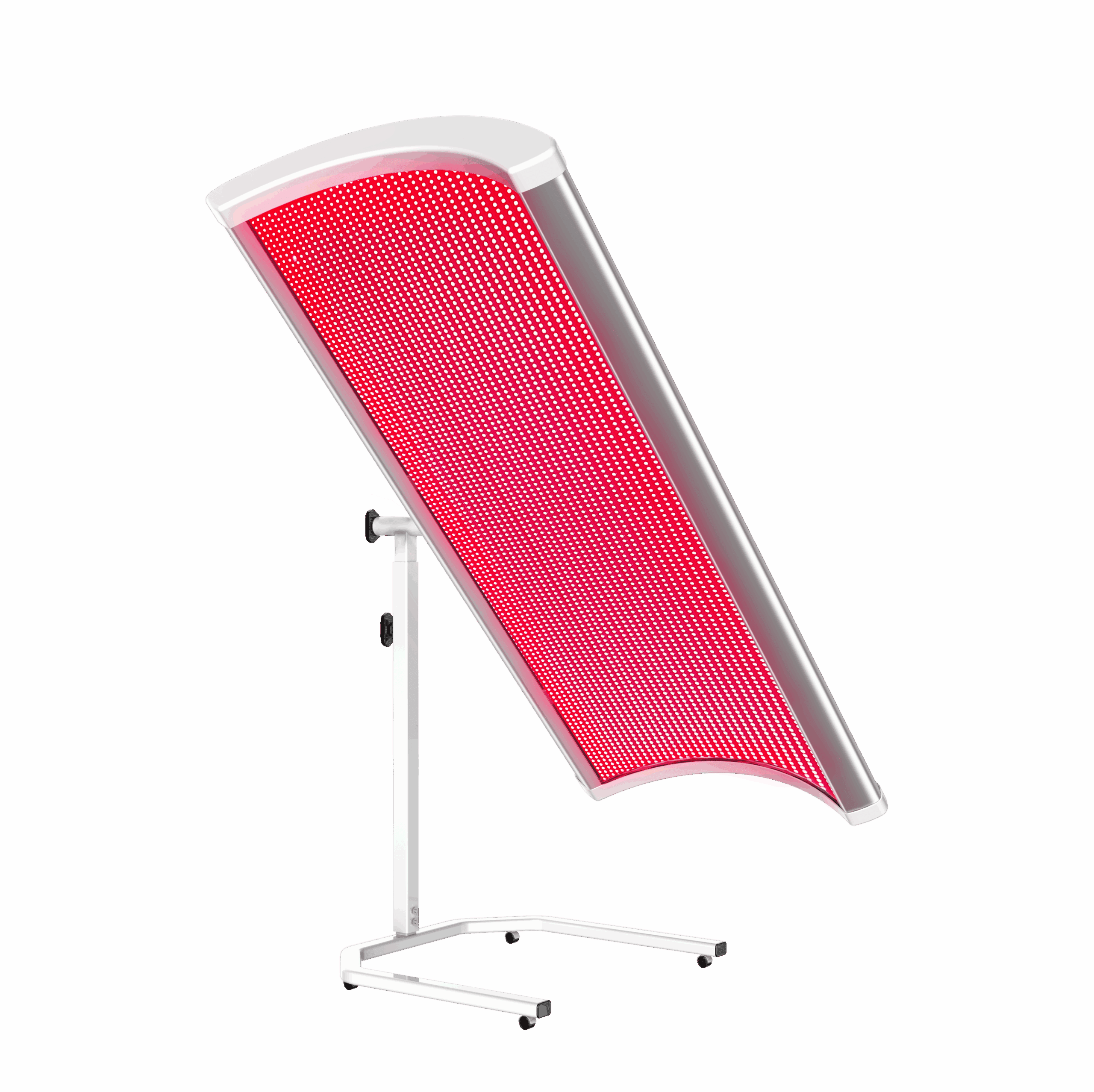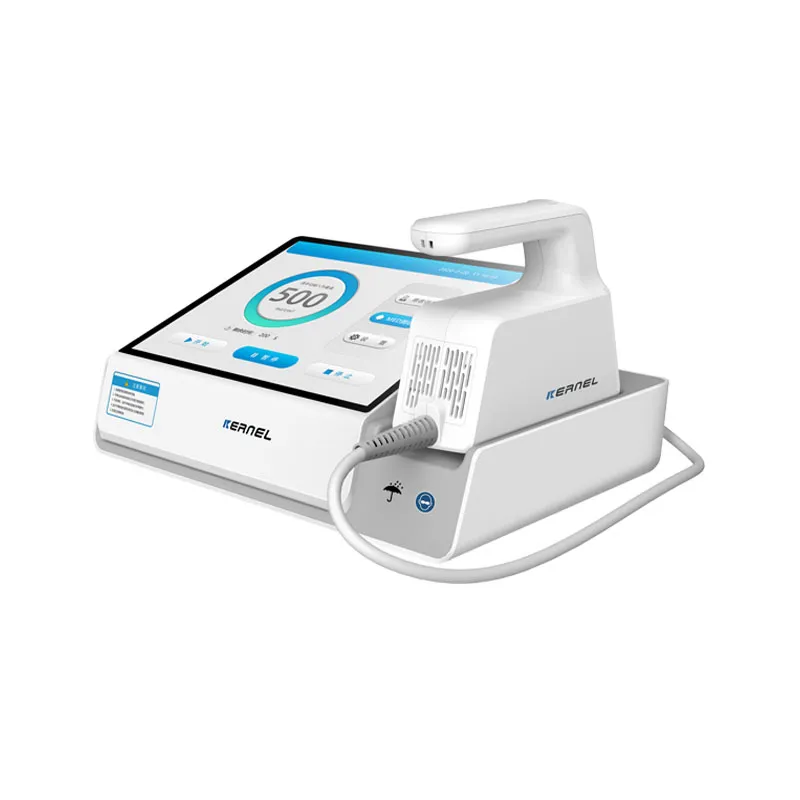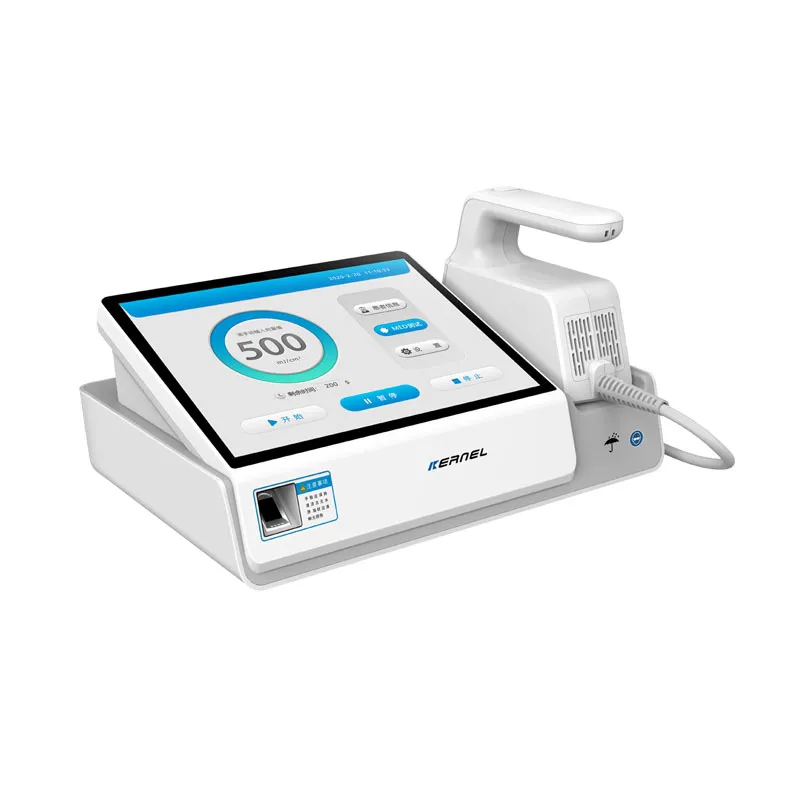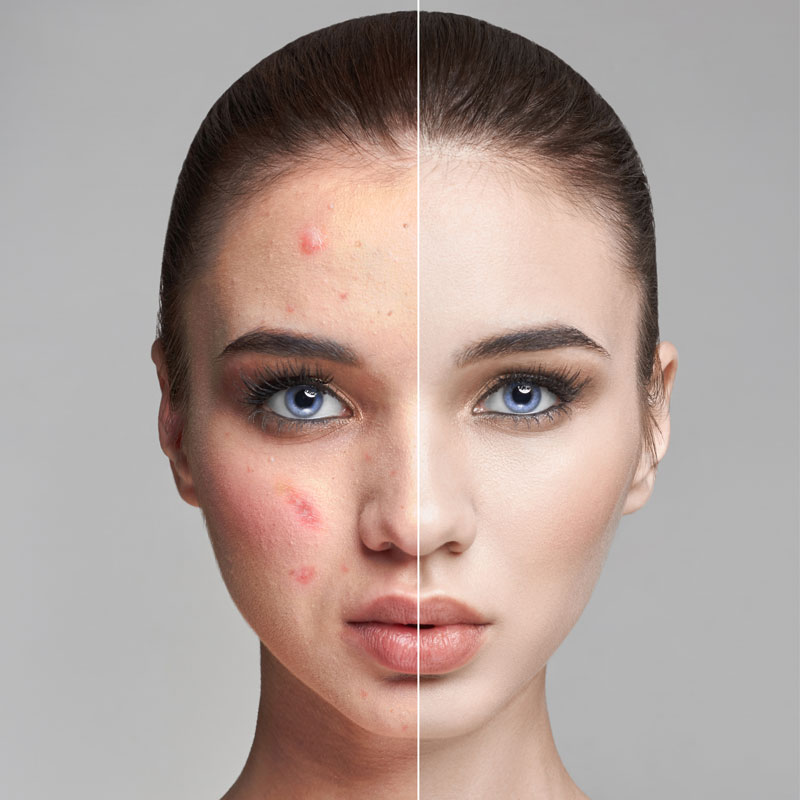Chemical peels are the most popular skincare treatment performed to reveal refreshed, new skin by removing the top, damaged layers of skin. If you’re looking to get a chemical peel, it’s helpful to know not only the benefits but also the cost associated with these treatments.
In this article, we will cover the cost of chemical peels, their types, and their benefits. You will also determine how to choose the right peel for a different budget and various skincare needs.
What are Chemical Peels?
Chemical peels are cosmetic procedures intended to rejuvenate the skin through a chemical solution prepared in order to remove outer dead/damaged skin layers. [1] This initiates the healing and renewal of the skin from within and will leave your skin smoother and healthier looking.
How Chemical Peels Work
During a chemical peel, a solution is applied to the skin, which causes the outer layers to peel away over time. [2] The depth at which peeling takes place ranges from superficial or medium to deep and depends on the kind of applied solution that is expected to produce such results. Commonly, new and fresh skin starts appearing after peeling, usually more vibrant and youthful.
Benefits of Chemical Peels
Chemical peels have several advantages associated with them:
- Skin Rejuvenation: Chemical peels help slough off dead skin cells to show the fresh ones underneath, rejuvenating the skin and making it youthful. [3]
- Treatment of Acne and Acne Scars: In many cases of acne, good results can be achieved with chemical peeling.
- Minimizes Fine Lines and Wrinkles: Chemical peels help even out facial lines, leading to a more youthful appearance.
- Skin Tone and Texture Improvement: Peels tend to even out the skin tone, and you will have smooth-feeling skin.
- Addressing Hyperpigmentation: Hyperpigmentation, or dark spots on the skin, can be treated with chemical peels.
Types of Chemical Peels
Chemical peels come in different types. Here’s a simple breakdown:
-
Superficial Peels
This is the mildest of all peels. They’re very superficial to the skin and use gentle acids like alpha hydroxy acids (AHAs) for exfoliation on the outer layer. [4] The peels treat minor skin problems such as dull skin tone and fine lines.
-
Medium Peels
They penetrate much deeper into the skin compared to superficial peels. They often use strong acids to address more noticeable skin problems, such as moderate sun damage and deeper lines and wrinkles.
-
Deep Peels
Deep peels are the strongest type, and they use powerful acids such as phenol. Used relatively infrequently, they treat severe skin problems—deep wrinkles, severe sun damage, and pronounced pigmentation problems.
How Much Does a Chemical Peel Cost?
According to the American Society of Plastic Surgeons, one typically may pay around $1,829 for a chemical peel. [5] But this is just an average value—according to the applied type of peel, kind of technology, and other influencing factors, the final price may vary. Actually, you may find that chemical peels cost between $200 and $6,000.
Superficial Chemical Peel Cost
On average, superficial peels usually cost between $150 to $300 per session. Most of the time, this price includes application and a simple aftercare plan.
Medium Chemical Peel Cost
Medium peels typically range from $1,000 to $3,000. This cost of treatment usually includes the application technique used and very specific aftercare to ensure effective recovery.
Deep Chemical Peel Cost
Deep peels average in price around $2,500 to $6,000. Generally, this price is typical from pre-treatment consultation to post-treatment.
Cosmetic Dermatologist for Chemical Peels
You should seek a chemical peel from a cosmetic dermatologist—to ensure that you get a safe, effective treatment. Dermatologists are trained to identify several skin issues and thus will give you advice according to your needs. They are also competent enough to handle all the possible complications that may arise during peeling.
What to Look For in a Cosmetic Dermatologist
A cosmetic dermatologist should be selected after checking for special training in chemical peels and a background of successful treatments. Choose a board-certified dermatologist who has experience in the same kind of peel that you want to get.
Conclusion
Knowing what a chemical peel procedure will cost and what determines its price will help anyone make an informed decision about his skincare treatment. From the different types of peels available and their benefits to financial aspects, choosing the right provider and knowing what to expect can lead to a much more satisfying experience.
If you need more information or are ready to explore chemical peels further, UVTREAT offers valuable resources and consultations to guide you through your skincare journey. Contact us to learn more and find the best treatment options for you.
Frequently Asked Questions – FAQs
How long does a recovery period after a chemical peel usually take?
The recovery time varies for each peel category; superficial peels usually need no or very little recovery time. For medium peels, it will take around one week to recover; for deep peels, it may take a few weeks to heal from the surgery.
Are there any side effects or risks associated with chemical peels?
Common side effects include redness and sensitivity, which generally subside as your skin heals. More serious risks, like infection or scarring, are rare but can occur.
